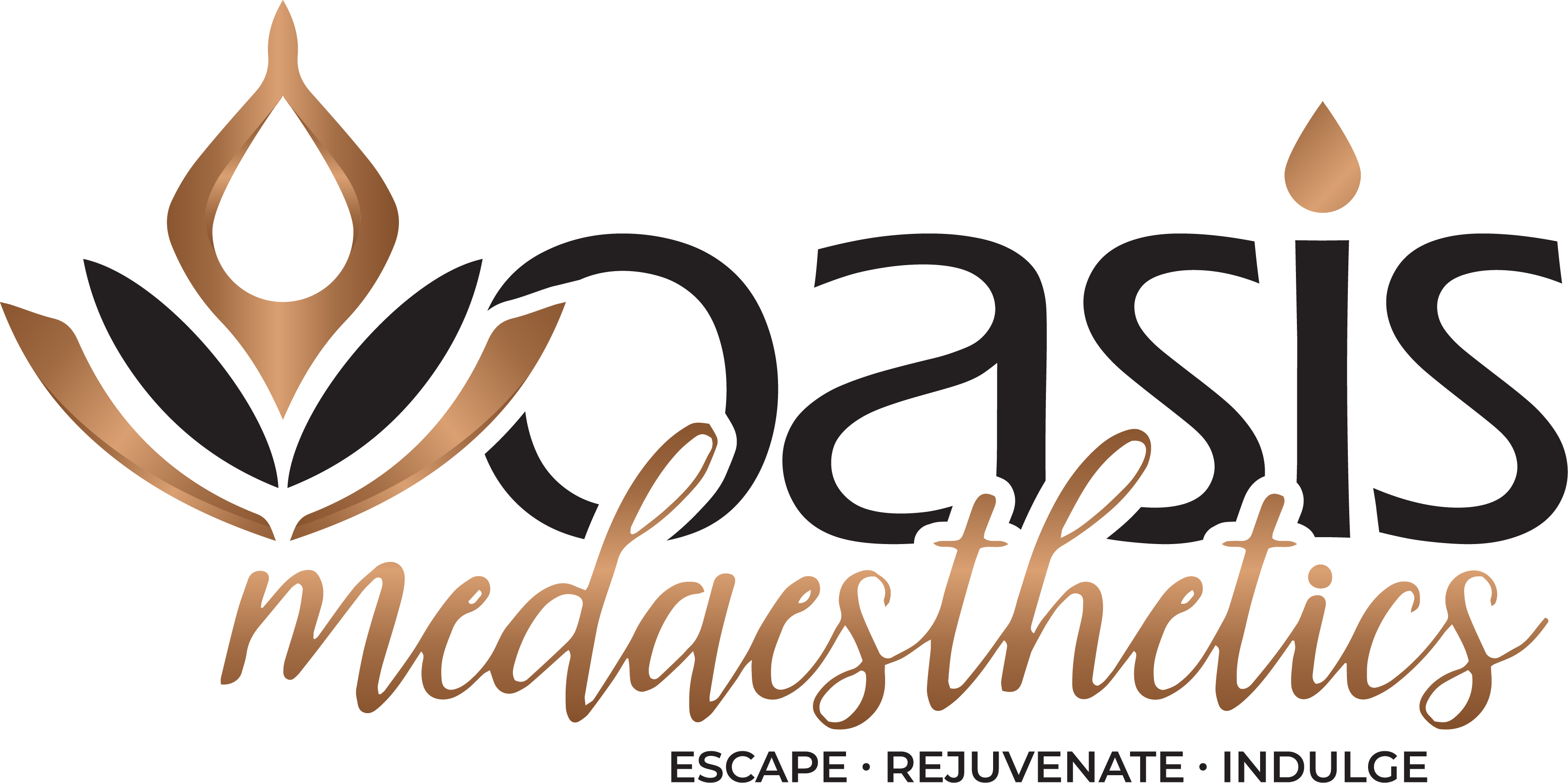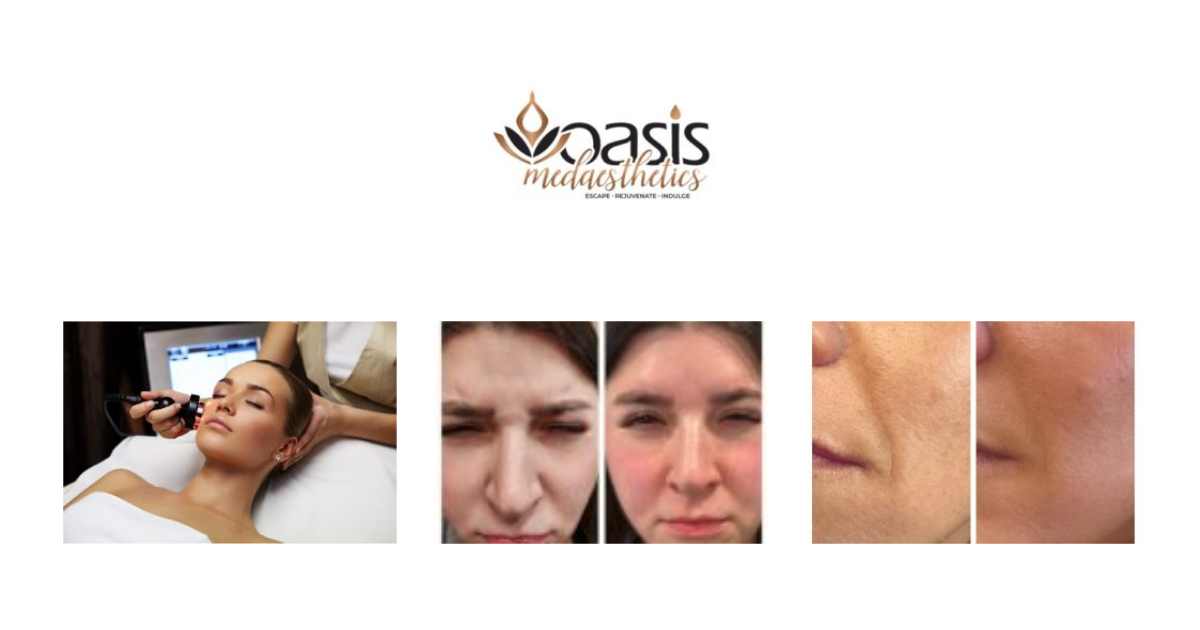You deserve to feel confident in your appearance, and dermal fillers offer a proven solution to enhance your natural beauty. As you explore options for facial rejuvenation, dermal filler near me searches can connect you with qualified providers who understand your aesthetic goals. Whether you’re looking to restore lost volume, enhance your lips, or smooth away fine lines, dermal fillers provide natural-looking results that complement your features. Let’s explore how these innovative treatments can help you achieve the refreshed appearance you desire.
Key Takeaways:
- Dermal fillers are injectable treatments that effectively restore volume, enhance lips, and minimize facial wrinkles for natural-looking results
- When seeking a dermal filler near me, prioritize providers with proper credentials, extensive experience, and a portfolio of successful treatments
- Successful dermal fillers outcomes depend on choosing a qualified provider who creates personalized treatment plans based on your unique facial features and aesthetic goals
Understanding Dermal Fillers
While aging naturally leads to volume loss and wrinkle formation in your face, dermal fillers offer a non-surgical solution to restore your youthful appearance. These injectable treatments have become increasingly popular, with over 3.4 million procedures performed annually in the United States, helping you achieve natural-looking results without the downtime associated with surgery.
What Are Dermal Fillers?
At their core, dermal fillers are gel-like substances, primarily made from hyaluronic acid – a naturally occurring compound in your skin. These safe, FDA-approved injectables are specifically designed to restore lost volume, enhance facial contours, and smooth out wrinkles in various areas of your face, including your cheeks, lips, and under-eye regions.
How Dermal Fillers Work
Against the natural aging process, dermal fillers work by strategically replacing lost volume beneath your skin’s surface. When injected by a qualified provider, these sophisticated formulations integrate with your tissue to create immediate improvements in areas where you’ve experienced volume loss or want enhanced definition.
Consequently, your results can last anywhere from 6 to 18 months, depending on the specific product used and the area treated. The treatment itself typically takes 30-60 minutes, and you’ll notice immediate improvements in your appearance, with optimal results developing over the following weeks as the filler settles and integrates with your tissues.
Benefits of Dermal Fillers
It’s fascinating how dermal fillers have revolutionized modern aesthetic treatments, offering you a non-surgical solution to enhance your natural beauty. These injectable treatments can help you achieve remarkable results in restoring volume, smoothing wrinkles, and enhancing facial contours with minimal downtime. Your journey to facial rejuvenation becomes more accessible with dermal fillers, as treatments typically take less than an hour and can last anywhere from 6 to 18 months.
Volume Restoration
Around your late 20s, your face naturally begins to lose volume, particularly in the cheeks, temples, and under-eye areas. Your skin’s natural collagen production decreases by about 1% each year after age 20, leading to visible signs of aging. Through strategic placement of dermal fillers, you can restore this lost volume, helping you maintain a youthful, refreshed appearance without looking overdone.
Lip Enhancement and Wrinkle Reduction
Between your desire for fuller lips and smoother skin, dermal fillers offer a versatile solution. Your lips can be enhanced with precise injections that add volume while maintaining natural movement and expression. When addressing wrinkles, your treatment can be customized to target specific areas of concern, from nasolabial folds to marionette lines.
Restoration of your facial contours through dermal fillers involves advanced techniques that can help you achieve harmony in your facial features. Your provider can use various types of fillers, each specifically designed for different areas of the face, ensuring you receive the most appropriate treatment for your unique needs. The results can help you feel more confident in your appearance while maintaining natural-looking movement and expressions.
Choosing the Right Dermal Filler
Despite the wide variety of dermal fillers available in the market, selecting the most suitable option requires careful consideration of your specific aesthetic goals and facial anatomy. Your choice can significantly impact the outcome of your treatment and its longevity.
Types of Dermal Fillers
The most common dermal fillers available today include:
- Hyaluronic Acid (HA) fillers
- Calcium Hydroxylapatite (CaHA) fillers
- Poly-L-lactic Acid fillers
- Polymethylmethacrylate (PMMA) fillers
Knowing which type best suits your needs depends on your desired results and treatment area.
| Filler Type | Best Used For |
|---|---|
| Hyaluronic Acid | Lips, under eyes, fine lines |
| Calcium Hydroxylapatite | Deep wrinkles, facial contours |
| Poly-L-lactic Acid | Volume loss, deep nasolabial folds |
| PMMA | Deep wrinkles, acne scars |
| Collagen-based | Fine lines, lip enhancement |
Factors to Consider
Between the various options available, you should consider:
- Your specific aesthetic goals
- Treatment area requirements
- Expected duration of results
- Your budget considerations
This knowledge will help you make an informed decision about your treatment.
A comprehensive consultation with your provider should include discussion of:
- Your medical history
- Previous cosmetic treatments
- Potential side effects
- Recovery expectations
This detailed evaluation ensures you receive the most appropriate treatment for your needs.
Finding a Trusted Provider
Now that you’ve decided to explore dermal fillers, finding a qualified and experienced provider is imperative for your safety and results. Your provider should be a licensed medical professional with specific training in facial aesthetics and dermal filler applications. In the United States, only licensed healthcare providers such as physicians, nurse practitioners, and registered nurses with specialized training can legally administer dermal fillers.
Researching Local Providers
Local research begins with verifying credentials and reading authentic patient reviews. You can start by checking medical board certifications, viewing before-and-after galleries, and examining the provider’s experience specifically with dermal fillers. Professional medical websites, such as Oasis Medaesthetics, often showcase their expertise, training certificates, and patient testimonials to help you make an informed decision.
Questions to Ask During Consultations
By preparing thoughtful questions for your consultation, you can better assess your provider’s expertise and approach to treatment. Your initial consultation is the perfect opportunity to discuss your aesthetic goals, learn about different filler options, and understand the recommended treatment plan for your specific needs.
Provider expertise should be demonstrated through clear explanations of their experience, the types of fillers they use, and their approach to achieving natural-looking results. During your consultation, ask about the number of procedures they perform monthly, their emergency protocols, and their policy on follow-up care. Make sure to inquire about the specific products they use, as FDA-approved fillers from reputable manufacturers ensure your safety and optimal results.
Potential Risks and Considerations
Not all dermal filler treatments carry the same level of risk, but it’s imperative to understand both the temporary and potential long-term effects before proceeding with your treatment. While dermal fillers are generally safe when administered by qualified professionals, your unique medical history and skin condition will influence your individual risk factors.
Common Side Effects
Effects you might experience immediately after your treatment include mild swelling, redness, and tenderness at the injection sites. These reactions typically subside within 24-48 hours. Some patients report minor bruising, which can last up to a week but can be minimized by avoiding blood-thinning medications and supplements before your procedure.
Longer-Term Considerations
Among the more significant aspects to consider is that dermal fillers are not permanent solutions. Depending on the type of filler used and the treatment area, results typically last between 6-18 months. Your body will gradually metabolize the filler material, requiring follow-up treatments to maintain your desired appearance.
Due to the temporary nature of dermal fillers, you’ll need to plan for periodic maintenance treatments. While rare, some patients may experience delayed reactions or uneven results, which is why choosing a qualified provider is vital. Your provider should discuss your complete medical history and any previous cosmetic treatments to ensure the safest possible outcome for your specific situation.
Preparing for Your Dermal Filler Appointment
For optimal results from your dermal filler treatment, proper preparation is crucial. You should avoid blood-thinning medications and supplements like aspirin, ibuprofen, and fish oil for at least a week before your appointment. Additionally, it’s recommended to avoid alcohol consumption 24 hours prior to treatment and arrive at your appointment with a clean, makeup-free face.
What to Expect
Besides the initial consultation, your dermal filler appointment will typically last between 30-60 minutes. Your provider will begin by cleansing the treatment area and applying a topical numbing cream for your comfort. The actual injection process is relatively quick, and most fillers contain lidocaine to minimize any discomfort during the procedure.
Aftercare Tips
Dermal filler aftercare is straightforward but important for achieving the best results. Here are key guidelines to follow:
- Avoid touching or massaging the treated area for 24-48 hours
- Stay upright for at least 4 hours after treatment
- Skip intense exercise for 24-48 hours
- Apply ice packs to reduce swelling
- Knowing these aftercare instructions will help ensure optimal results and minimize potential side effects
Due to the temporary nature of swelling and bruising, you’ll want to plan your social activities accordingly. Most patients can return to their normal activities within 24-48 hours, though some subtle swelling may persist for up to a week. Here are additional recommendations:
- Avoid excessive heat exposure for 48 hours
- Stay hydrated by drinking plenty of water
- Use gentle skincare products for the first week
- Schedule follow-up appointments as recommended
- Knowing when to contact your provider about any concerns will ensure a smooth recovery process
Summing up
With this in mind, your journey to enhanced natural beauty through dermal fillers begins with selecting a qualified and experienced provider. By choosing a trusted professional near you, you’ll ensure safe treatment, personalized care, and optimal results that align with your aesthetic goals. Your provider will guide you through the process, helping you understand which treatment areas and filler types will best address your specific concerns.
Your safety and satisfaction should be the top priority when considering dermal filler near me treatments. By taking the time to research, schedule consultations, and discuss your expectations with a certified professional, you’ll be well-equipped to make informed decisions about your aesthetic journey.
FAQ
Q: How long do dermal filler results typically last?
A: Results from dermal fillers typically last between 6-18 months, depending on the type of filler used and the treatment area. Lip fillers generally last 6-12 months, while cheek fillers can last up to 18 months. Factors like metabolism, lifestyle, and the amount of filler injected also influence longevity.
Q: What should I expect during a dermal filler appointment?
A: During your dermal filler near me appointment, your provider will first conduct a consultation to discuss your goals. The actual treatment takes 30-60 minutes, beginning with cleansing and numbing the area. You’ll see immediate results, though some swelling may occur initially.
Q: Are dermal filler treatments painful?
A: Most dermal fillers contain lidocaine, a local anesthetic, and providers typically apply numbing cream before treatment. Patients usually report minimal discomfort, describing it as a slight pinch or pressure sensation during injection. Any discomfort subsides quickly after the procedure.
Q: What are the common side effects of dermal fillers?
A: Common side effects include temporary swelling, bruising, and redness at injection sites, typically resolving within 1-2 weeks. Less common effects might include tenderness and minor lumps. These reactions are normal and usually mild, subsiding as your body adjusts to the treatment.
Q: How should I prepare for my dermal filler treatment?
A: Avoid blood-thinning medications and supplements like aspirin, fish oil, and vitamin E for one week before treatment. Skip alcohol 24 hours before your appointment, and arrive with a clean face free of makeup. Inform your provider about any medications you’re taking and your medical history.





